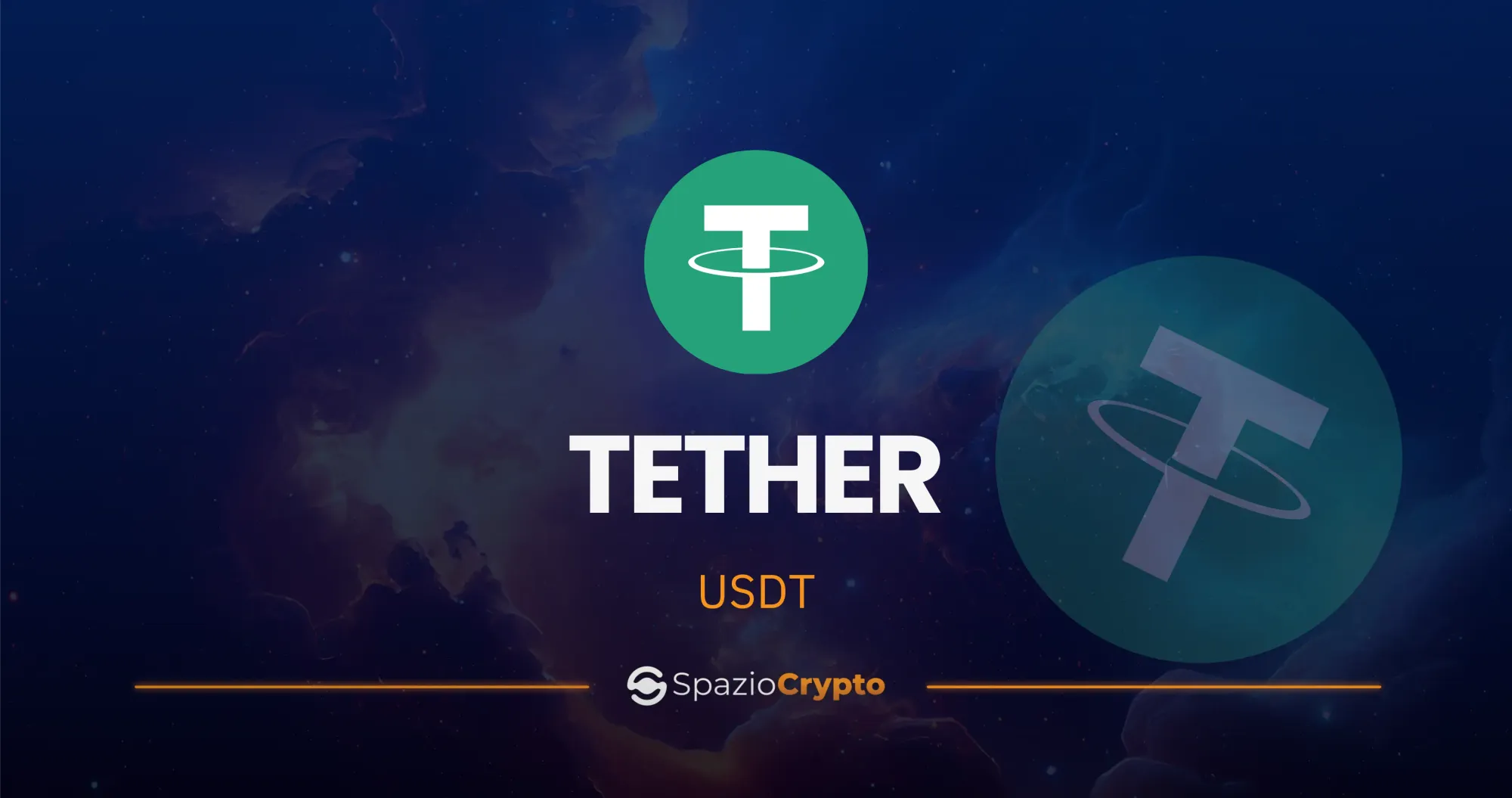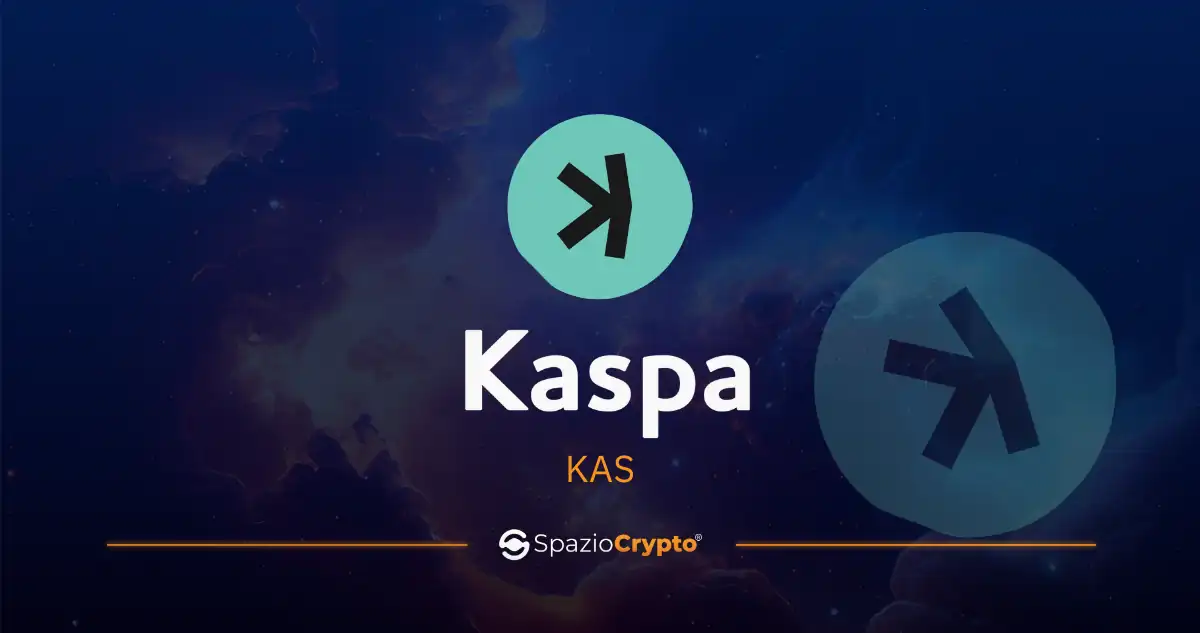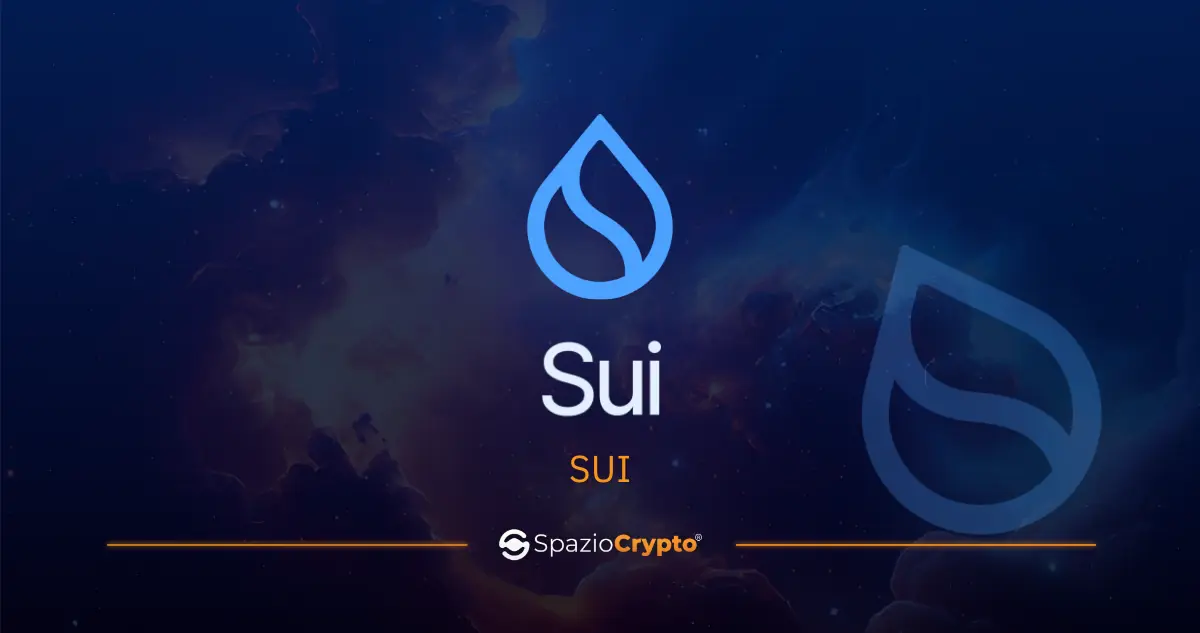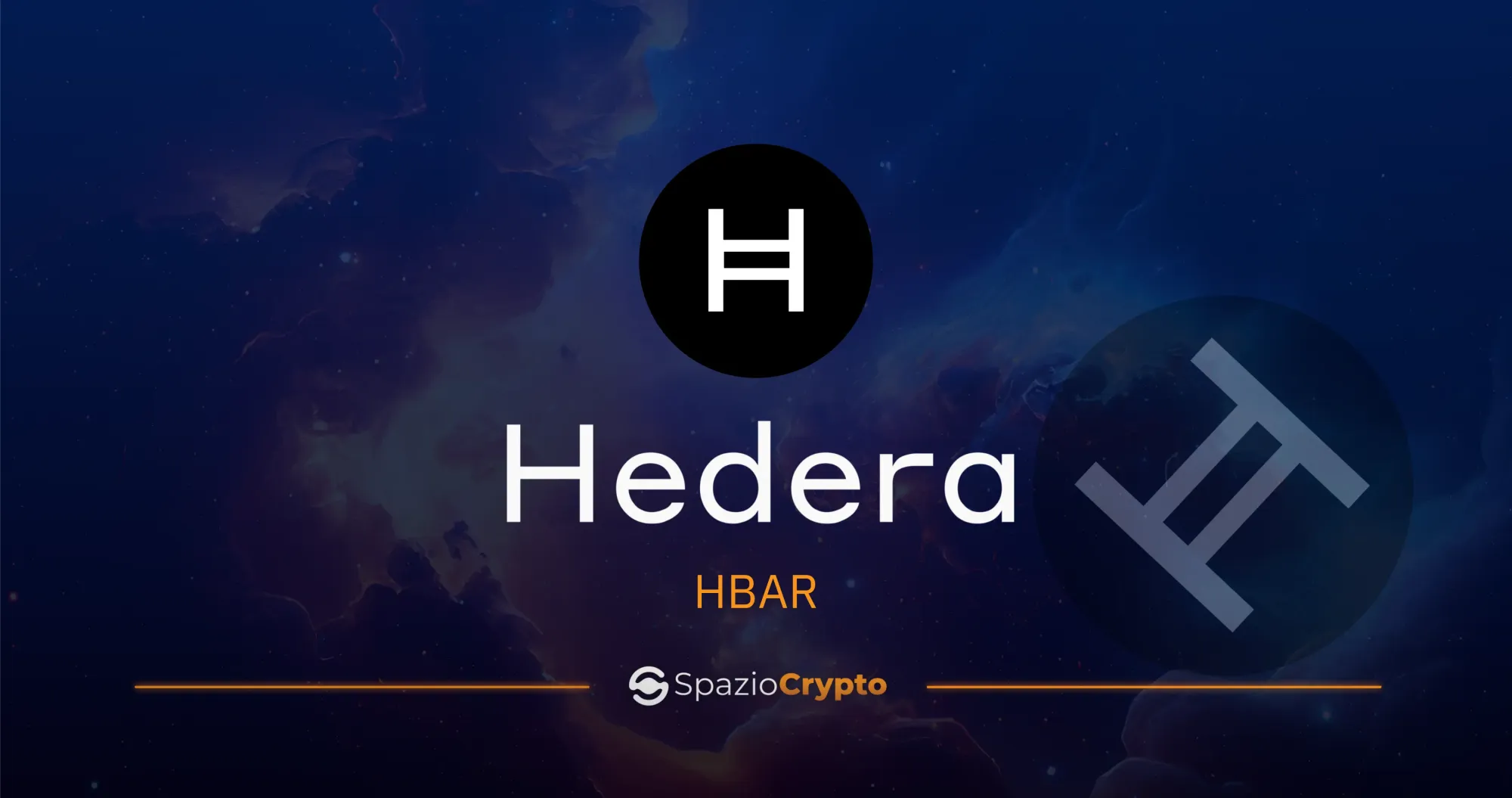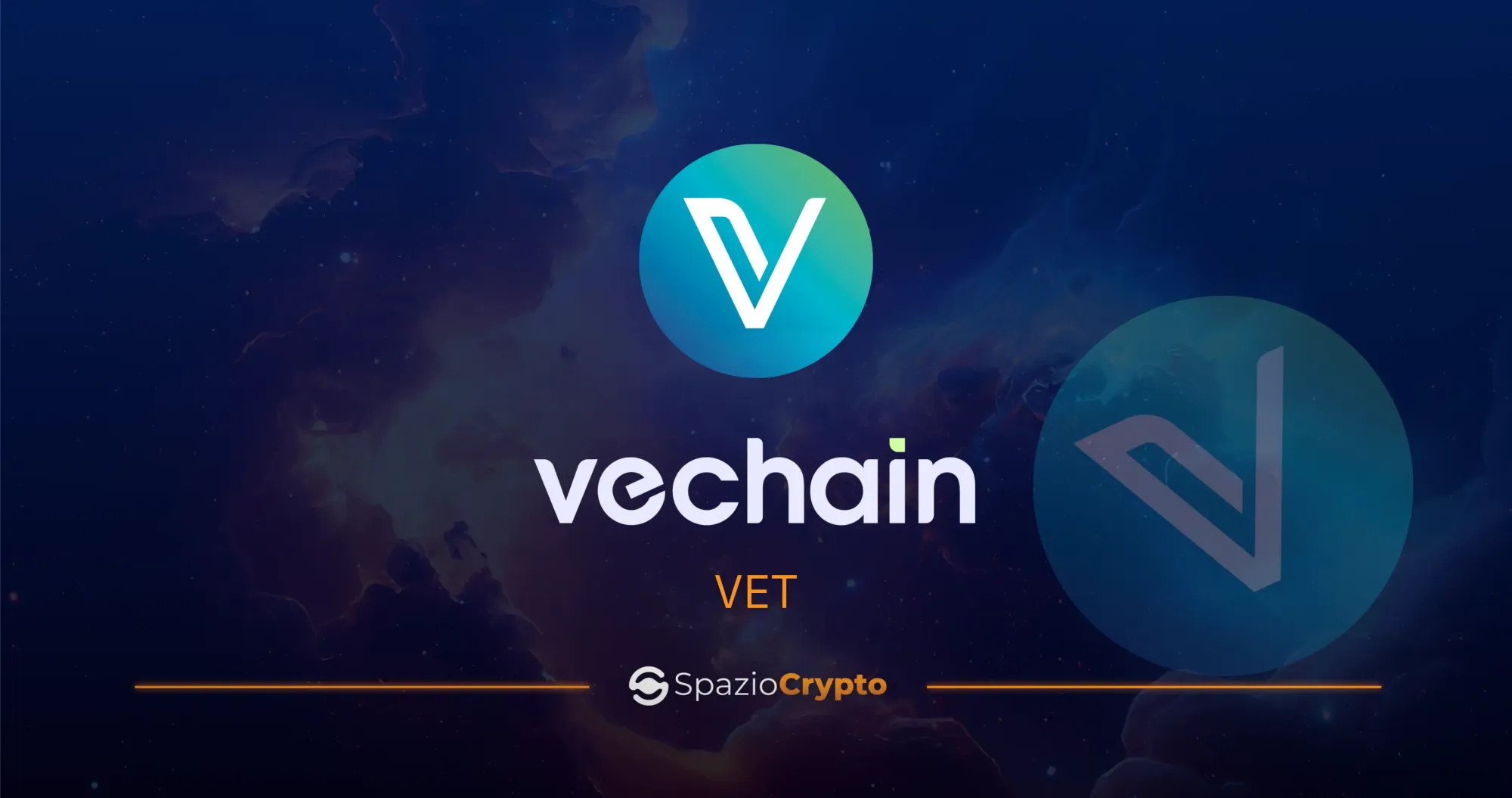Known to most as the pillar of stability in the crypto world,Tether (USDT) is one of the world's best known and most widely used cryptocurrencies.
Contrary to many other cryptocurrencies that are subject to considerable volatility, Tether stands out for its stability, being a "stablecoin".
But wait a second. If you're new to the crypto world, you might start to feel your head spin when confronted with certain terms.
Don't worry, you just need to take a step back and start at the beginning. What I want to tell you about in this comprehensive guide to Tether, in fact, is:
- What is a stablecoin;
- How it works and what is its role in the cryptocurrency market;
- Why Tether is so important.
But what is Tether (stablecoin)?
Tether is a cryptocurrency that belongs to the category of stablecoins, i.e. digital currencies whose value is pegged to a stable asset, such as a fiat currency.
In the specific case of Tether, its value is tied to that of the US dollar (USD), with a ratio of 1:1. One does not therefore need a champion in mathematics to conclude that for every Tether in circulation, there is an equivalent US dollar backing it, at least in theory.
And this is something that should not be underestimated: in fact, Tether's main characteristic is precisely its ability to maintain a stable value against the dollar.
Tether: Technical Details and Use
Tether is issued on different blockchains, although it was initially launched through the Omni layer protocol, a platform that allows tokens representing digital assets to be created and transferred, using the security and infrastructure of Bitcoin's blockchain.
Today, however, it is available on many other blockchains, including Ethereum (ERC-20), Tron (TRC-20), EOS, Algorand, Solana - and others - providing greater flexibility and possibility to trade between different platforms.
As for Tether's main use, it lies in facilitating crypto versus crypto exchange within trading platforms.
What does this mean? Very simple: thanks to its stability given precisely by its peg to the US dollar, Tether offers traders a viable alternative to temporarily park their funds, without having to exit the cryptocurrency market and convert to fiat currency.
This is exactly how the best traders cope with high volatility phases, allowing investors to preserve the value of their digital assets before re-entering the market or trading in other cryptocurrencies.
Tether: Mining and Staking
Tether is another two terms that a beginner to this amazing world may never have heard before. And in fact, before I proceed to give you some more really useful info, let me briefly explain what this is all about:
- Mining: is the process of validating transactions and creating new units of cryptocurrency by solving complex cryptographic problems (algorithms). The 'miners' use powerful computers to compete with each other and add new blocks to the blockchain, receiving a reward in cryptocurrency in return (ever heard of mining farms?);
- Staking: is a process used in Proof of Stake (PoS)-based cryptocurrencies, where users block a certain amount of cryptocurrency in the network to participate in validating transactions. In return, they receive rewards proportional to the amount of cryptocurrency staked, similar to an interest on their deposit.
Now, for the sake of completeness of this guide, it is worth pointing out a fundamental aspect about these two concepts.
The more astute will have already worked it out: Tether does not support mining.
In fact, unlike other cryptocurrencies (such as Bitcoin or Ethereum), Tether is issued directly by Tether Limited on a demand-driven basis, through a centralised process involving the receipt of fiat currency in exchange for USD tokens.
Similarly, there is no staking mechanism for Tether, as it does not operate on a consensus protocol such as Proof of Stake (PoS), where users can earn rewards by locking their assets.
A very useful tip indeed...
If you are a cryptocurrency trader, and familiar with the major exchanges, you will have come across some platforms that offer staking of Tether.
Well, DON'T TRUST!
As written above, Tether does not support staking for reasons that are now clear. Any operation that suggests Tether staking is nothing more than some marketing gimmick, no doubt with unclear boundaries.
Tether, Here's How it Works
Okay, we've explained before that there is 1 Tether for 1 USD (US dollar) in circulation. Right?
Let's look in more detail, however, at how issuance, exchange and reserve work:
- Emission: when a user or entity wishes to purchase Tether, it sends fiat money (typically US dollars) to Tether Limited. The company then issues an equivalent number of USDT tokens, which are registered on a supported blockchain, such as Ethereum or Tron. Each USDT issued represents a promise that it is backed by equivalent reserves, thus maintaining its peg to the dollar;
- Exchange from Tether to USD: when a user wishes to convert their USDT to dollars, they send the tokens to Tether Limited. The company, in response, destroys (the proper term is "burns") the USDT tokens received and returns the USD equivalent to the applicant. This is a simple issuance and redemption process that helps maintain the balance between tokens in circulation and financial reserves;
- Stablecoin with reserves:
- Tether is classified as a stablecoin with reserves, which means that every USDT in circulation should be backed by an equivalent value held in reserves. These reserves can include fiat currencies, government bonds and other financial assets, which ensure Tether's ability to maintain the stability of its value and allow for the continuous exchange between USDT and US dollars, thus reassuring users of the token's solvency.
Why Tether is Really Important
If it wasn't already clear why Tether is one of the most important cryptos on the market today, here's a little summary to help newcomers to the cryptocurrency world in particular.
Tether has become a really crucial tool for many players in the cryptocurrency market, especially in several respects:
- The stability is what makes Tether a kind of safe haven in a highly volatile market;
- Being blockchain-based, Tether can be transferred easily and quickly, just like any other cryptocurrency.
- It is simply one of the most traded currencies in the world, even more than Bitcoin. Which makes it widely circulated and accepted.
Tether, What to Expect
If you've read this far you can rest assured that you now know all the main aspects of Tether.
But I want to give you more.
Because the crypto world is really bizarre, and everything changes extremely fast. So, what should we expect from Tether in the future?
First of all, think that there are still countless people who don't even know, what a cryptocurrency is. And, consequently, the whole world related to their regulation is alsoextremely late. This implies that, as regulations tighten, Tether will have to adapt to ever-changing conditions, especially with regard to reserve transparency and compliance with global financial laws.
On the technology front, Tether could continue to expand on new blockchains, further improving the speed and efficiency of transactions (already considerable), as well as maintaining its dominant position as the leading stablecoin in crypto versus crypto trading.
But the central banks for digital currencies (CBDC, or Central Bank Digital Currency) are also starting to issue other stablecoins, meaning that Tether will have to evolve accordingly to confirm its relevance in a rapidly changing market, relying above all on innovation and the strength of its peg to the dollar to sustain user confidence.
Beware of Scams
As if it wasn't already complicated enough to fully understand the crypto world, here comes a group of people, part of an American movement, called Truthers.
But who are they? And why do they thicken the plot of this already intricate film?
The Truthers are a group of investors and critics of the cryptocurrency market who question the legitimacy of the reserves that are supposed to guarantee the stability of the value of Tether (USDT). These critics suspect that Tether Limited does not have enough dollar reserves or equivalent assets to cover all USDT units in circulation, as the company instead claims.
The Truthers raise concerns about Tether's transparency and solvency, fearing that the lack of these reserves could lead to a collapse in USDT's value, with knock-on repercussions for the entire cryptocurrency market, given Tether's importance as a stablecoin.
These doubts are fuelled by the historical lack of comprehensive independent audits and legal disputes involving Tether Limited. Indeed, among the various changes that Tether may face in the future is the possibility of more frequent audits, precisely to ensure greater transparency in support of the stability that has been so acclaimed to date.
Summing Up
So, what to say about Tether?
Of course, stability and diffusion have made it a first class digital asset, certainly one of the most sought after.
Miscellaneous complexities aside, in Tether's crystal ball you can certainly see increased transparency and the need to deal with an increasing number of stablecoins. One of the main problems Tether will face concerns licensing and compliance requirements. The Markets in Crypto-Assets Regulation (MiCA, which came into force in 2024) requires issuers of stablecoins to obtain a specific licence to operate within the European Union, meeting strict standards of transparency, liquidity reserves and consumer protection.
And that's not all, because MiCA imposes significant limits on daily transactions for non-euro-denominated stablecoins, such as USDT.
If Tether exceeds 1 million transactions or 200 million euros in transferred value per day, it may be forced to suspend issuing new tokens, which could limit its operations in Europe and affect its market position.
They are not allowed to issue new tokens.


